





Paved Shoulder
Reduce run-off-road and head-on crashes. Wider shoulders allow vehicles to pull off the road in emergency situations and have clearance from through traffic (however crashes can occur when vehicles attempt to rejoin the traffic). Sealed shoulders provide a safe cycling space, and can be marked as bicycle lanes. Sealed shoulders provide structural support to the road pavement. Sealing can reduce ‘edge drop’ (where there is a difference between the height of the road surface and the height of the shoulder). Edge drop can make it harder for vehicles which have left the road to get back onto the road.
Shoulder widening and shoulder sealing can be done at the same time to reduce costs. Edgelining can be improved at the time of upgrading the shoulder (especially when sealing). Shoulders should not be too wide or drivers may use them as an additional lane.
Treatment Summary
25-40% |
Case Studies
Related Images
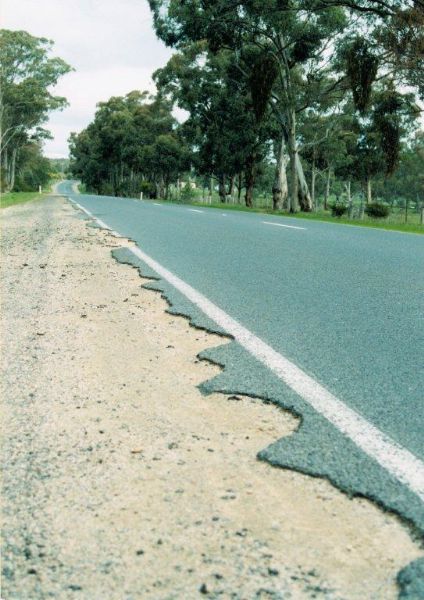
A road with poor sealed shoulders. Image credit: Greg Smith 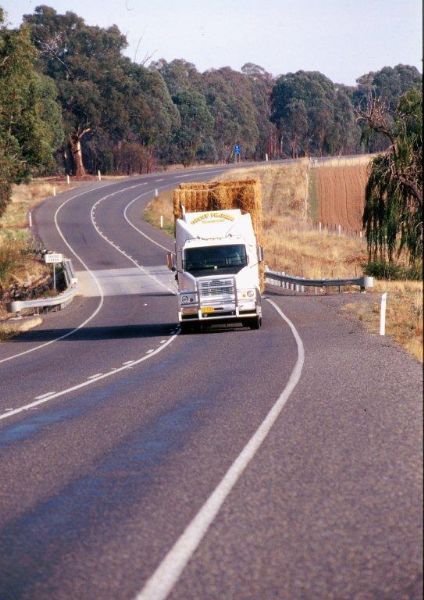
A road with sealed shoulders. Image credit: Greg Smith 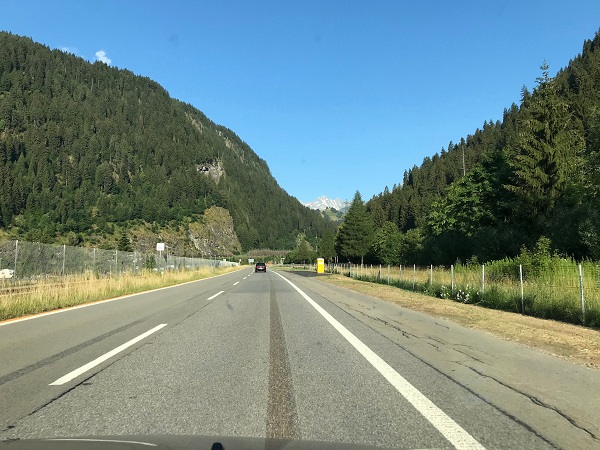
Paved shoulder in Switzerland. Image credit: Unknown 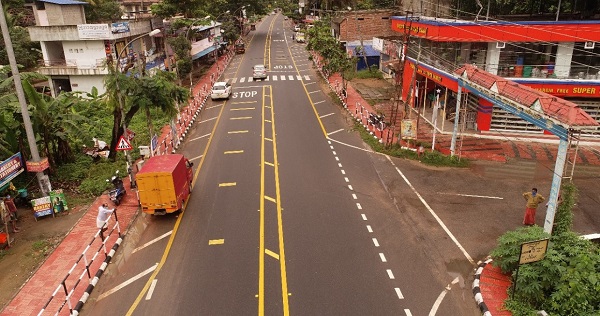
Pedestrian crossing facility with footpath, wide centreline and speed transverse markings to calm speed on a state highway in Kerala, India. Image credit: Kerala State Transport Project 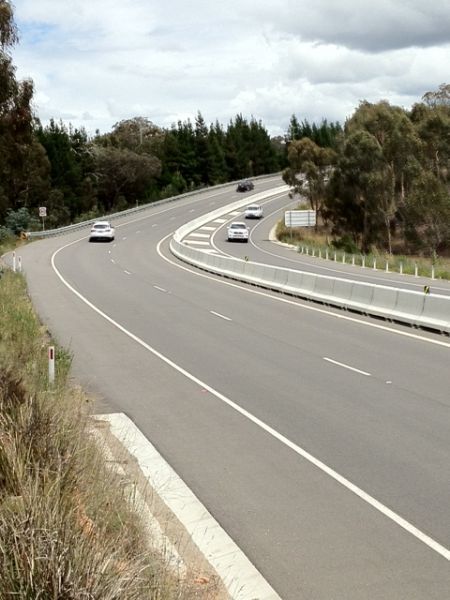
Roadside and median safety barriers on a curve in Australia. Image credit: Greg Smith 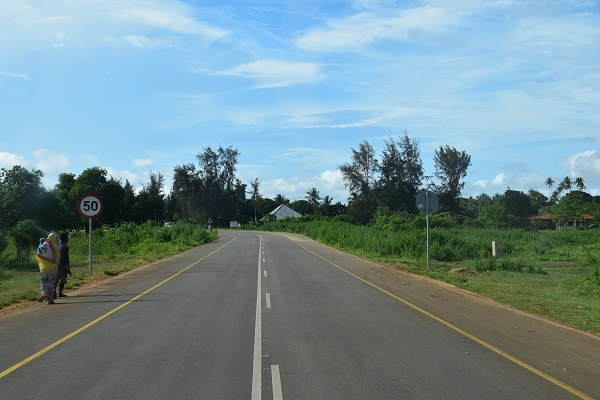
Speed limit sign in Tanzania. Image credit: Alina Burlacu 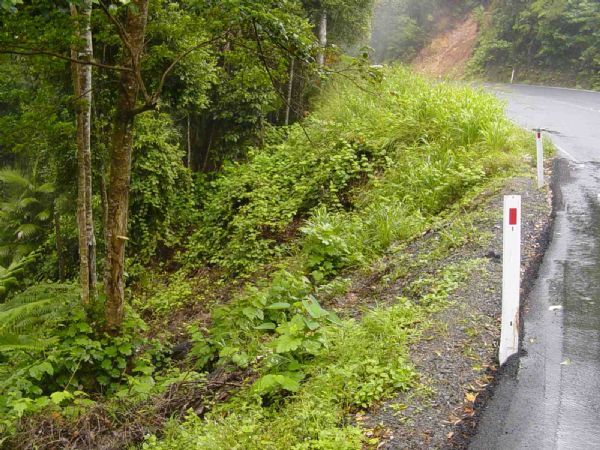
Steep roadside slope on Kennedy Highway in Australia. Paved shoulder and safety barriers will significantly reduce run-off risk at such locations. Image credit: Unknown 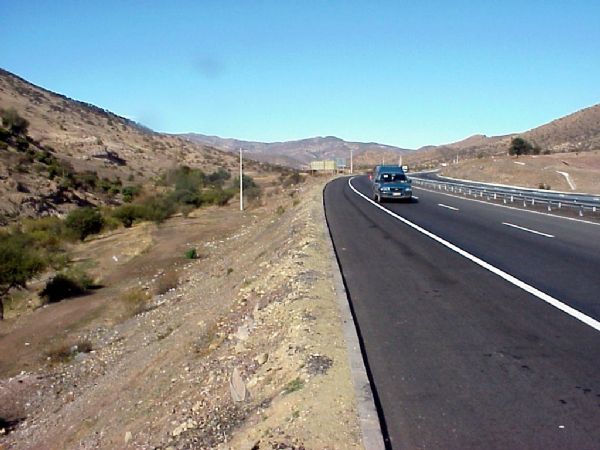
Paved shoulder and steep roadside slope. Image credit: Greg Speier 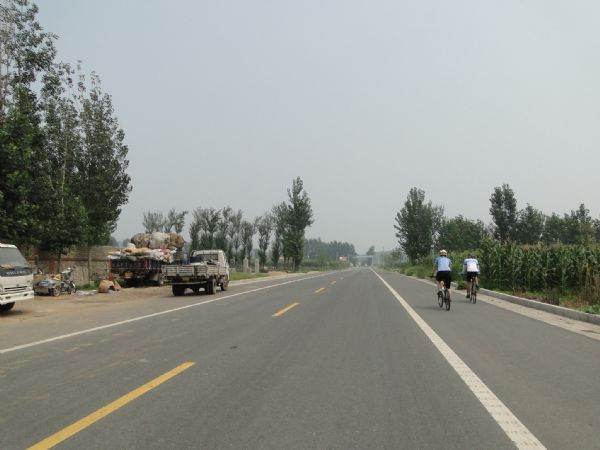
Wide sealed shoulder bicycle lane, China. Image credit: Greg Smith










